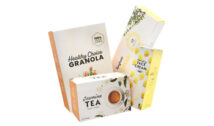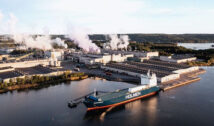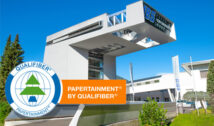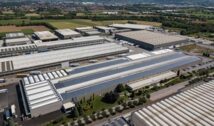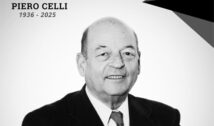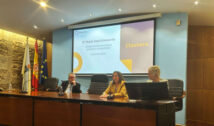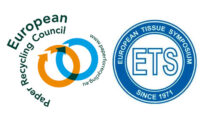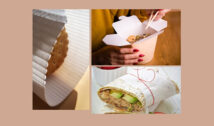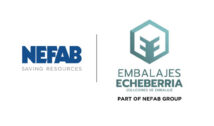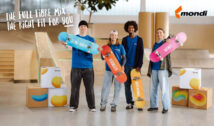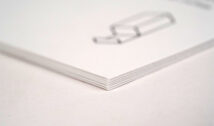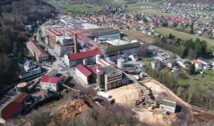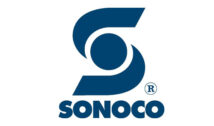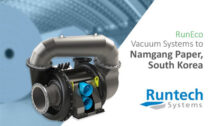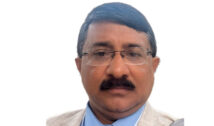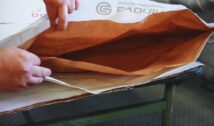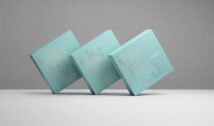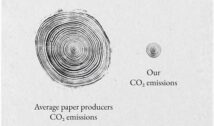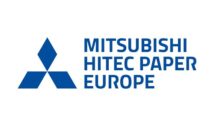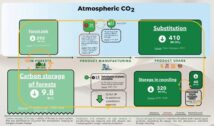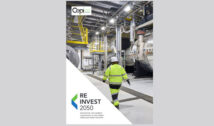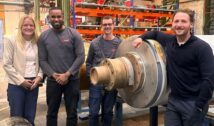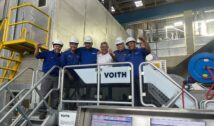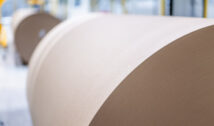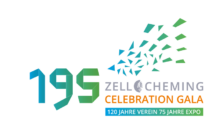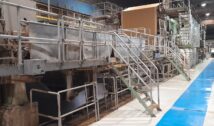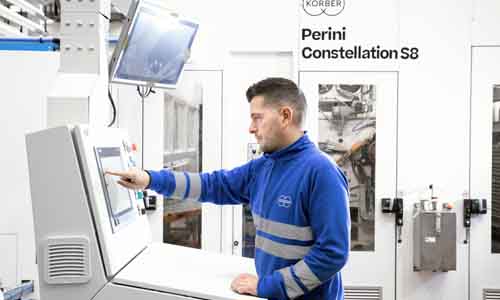
In today’s difficult market environment, reducing expenses and production time and effectively managing asset life cycles are essential factors for capital-intensive companies to remain competitive. To this end, the Total Cost of Ownership (TCO) is a critical decision-making tool with which one can proactively assess how the effectiveness of industrial plants and their associated components may develop in the long run, ensuring their continued functionality. A further benefit of the model is having a clear view of costs and economic benefits deriving from correct maintenance. In this systemic perspective, Körber is committed to reducing the TCO by maximizing the OEE of paper converters, thanks to its ecosystem, which integrates technologies and services designed to simplify the entire tissue manufacturing and packaging process, whether in the form of rolls or folded tissue.
“There are more than 20,000 machines installed by Körber Business Area Tissue worldwide: 35% in Western Europe, 8% in Eastern Europe, 15% in South America, 15% in North America, 8% in Central America, 8% in APAC countries, 6% in China, and 5% in Africa. As the leader in this technology, Körber has a structure dedicated to assistance, which, in addition to combining smart services with the capacity for developing the finished product, provides field-tested technical skills capable of maintaining high plant performance in the long term. More and more customers rely on the experience and skills of OEMs and this is testified by the fact that sales of the entire service chain recorded a growth rate of 44.7% from 2018 to 2022”, says Alessandro Borelli, Customer Service Director of Körber Business Area Tissue, who continues, “For Körber, ensuring maximum continuity of customer operations, first of all, means constantly monitoring the current 3,000 production lines worldwide through its Tissue Performance Center, either with an ongoing diagnostic connection service or on demand. Secondly, Körber guarantees qualified and proactive technical support remotely or on site to minimize downtime and support customers in identifying and solving problems, so that the installed base is always up to date and efficient.” and he concludes, “In 2022 alone, over 500 on-field activities were performed. A significant part of them were carried out within the framework of Technical Improvement Programs (TIP). Thanks to this service, technological adjustments are made to new- and old-generation systems to guarantee high standards of safety and efficiency”.
The strategic and sustainable role of TIPs
Greater sustainability, safety, efficiency, performance and productivity are the priorities for the customers to whom Körber Business Area Tissue caters with more than 300 standard TIPs, already implemented today, to which those designed according to the specific needs of tissue companies should also be added. There are six TIP macro-categories aimed at minimizing the environmental impact of production and finished products and at guaranteeing operator safety in compliance with the most recent regulations. Activities may range from work on small machine parts to a complete overhaul of the entire line, giving it new life and sometimes a new registration and CE marking based on customer needs. This business model that keeps the investment of Körber customers tenable in the long term is also based on design criteria that presuppose the possibility of retrofitting machines with the most recent process and product technologies developed for the new series, even on a large part of the installed base, to keep it always up to date.
Efficiency and safety: New electrical cabinet TIP
With the replacement of the entire electrical cabinet for wrappers and bundlers, Körber’s solutions guarantee a stabilization and an enhancement of the machine performance, in some cases even by 20%. The installation of the latest generation 4.0-ready components ensures the management of the motor logic, of the axis control, and of the on-board machine systems, simplifying the command interface and eliminating any obsolescence. For example, electronic limiters instead of physical systems acquire a higher efficiency in containing some critical forces for a significant reduction in the wear-and-tear of mechanical parts and of the cycle speed. Furthermore, the installation of the Mguard system for the Expert Online connection simplifies troubleshooting in favor of prompt remote work by Körber technicians.
Asset protection and fire detection: Thermocameras TIP plus Fire fighting system
The main advantage of this improvement program by Körber is the prompt detection of anomalous heat accumulations on all converting and packaging lines by using thermocameras. This technology ensures a great level of detail in thermal images, which are sharper and make it possible to identify any components prone to malfunction more quickly and in real time and to take action promptly. The intelligence applied to these systems is also able to determine whether, under the same production conditions, there are drifts in the expected temperature parameters, giving advance information so as to anticipate serious breakdowns and machine downtime. In addition to thermocameras, an advanced fire detection system based on a simple but extremely stable and functional technology can be installed on all lines. This solution excludes the use of optical sensors, typically unsuitable for the paper environment, and is free of dust, oil, water and dirt disturbances. Finally, extinguishing is obtained by means of a low-pressure water mist system that uses the supply water of the sheds. The latter can also be integrated into the machine’s logic functions in order to prepare all the necessary actions for the reduction of unwanted events. These are solutions that safeguard operators and the capital invested in high-value equipment and play a crucial role in industrial production.
Easy to use: Auto web starter and Easy Reel change TIPs
Simplifying tasks for operators and reducing downtime are Körber’s additional goals. Easy reel change and Auto web starter stand out among the most requested TIPs. The first allows the replacement of finished reels on traditional unwinders and the restart of production in just 90 seconds with standardized and repeatable procedures. This option may be installed on Körber medium and high-level tissue unwinders without automatic reel change systems. The phase in which the paper passes through the machine following an unexpected paper break, or a restart due to a production change, is by far the most critical moment in terms of safety, as well as a costly one in terms of machine downtime. The new Auto web starter concept has revolutionized the paradigm of the manual web thread-up through the machines. This solution automates and facilitates the process by combining three systems in succession. In the first one, the insertion of the flap of paper into suitable plastic shuttles hooked to the belt allows operators to govern the machine’s start-up from the HMI panel outside the perimeter casing, with doors closed. In the second system, provided that the line configuration is suitable, the shuttles carrying the paper are automatically swapped on distinct belt branches. Ultimately, the line can be restarted with the doors closed and in a fully automated manner without requiring any intervention from the operator. This standard technology for new plants is available to be customized on multiple existing lines.
“The volatility of the cellulose market, the lack of skilled labor and the challenges generated by an increasingly global and sustainability-oriented sector are encouraging tissue companies to seek ever more scalable solutions” says Borelli, who concludes “Every day Körber asks itself what difference a technology leader can make in a mature market. The answer lies in its ecosystem in terms of new plants and in terms of customer service experience. A unique supply of its kind which, in addition to making Körber a strategic partner, integrates innovative technologies, digital services and supply chain solutions fostering the customers’ competitiveness in terms of product differentiation and profitability over time”.



